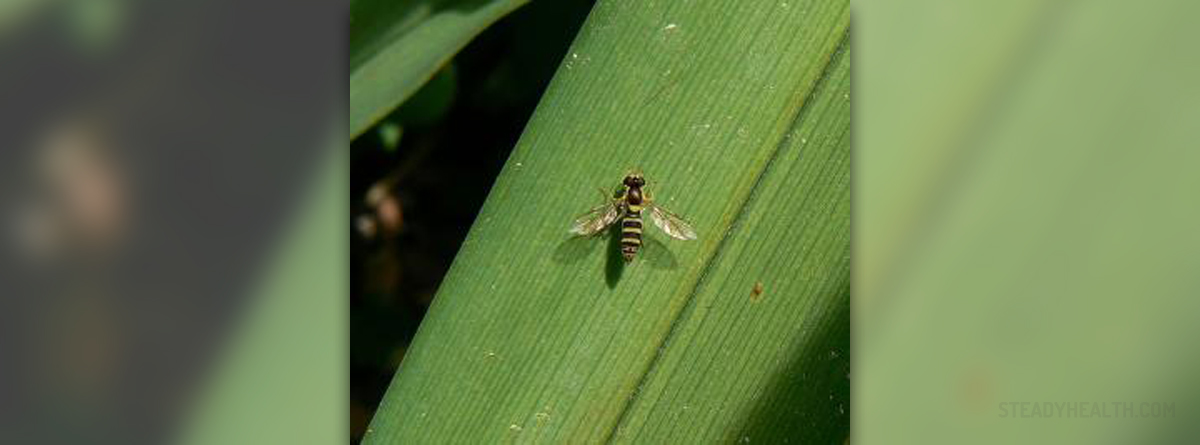
Wasp stings can be a very unpleasant and painful, and for some people potentially dangerous, if they are allergic.
Wasps are insects that live in all 50 states of the U.S. and prefer temperate climates. The most common species are yellow jackets and hornets. Most wasps live in colonies although there are some species that live alone, like the mud wasp.
It is important to recognize wasps in order to be able to avoid them. Hornets are black with some yellow marks, particularly on the head and thorax. They build homes in trees, bushes and buildings. Yellow jackets have black and yellow stripes on their bellies, they live in underground nests and can be quite aggressive.
Wasps usually attack if they feel threatened or irritated. They react when someone intrudes on their territory or immediate habitat. This happens often during warmer seasons, when people and animals go about without regarding the wasps’ nests. Activities that usually irritate wasps include raking leaves, cleaning the gutters, garden work and washing the windows.
If a nest is disturbed, more than one wasp may come to attack, which can be potentially dangerous for persons who have allergies.
Wasps are also attracted to strong scents and perfumes, bright colored clothes, rotting fruits, sugary foods and open garbage bins.
Wasp sting in most cases causes mild irritation, pain, redness and swelling. Itching, local infection and hives are also possible. Symptoms should be monitored for an allergic reaction, which every year takes from 90 to 100 lives.
Remedies for a wasp sting are many and most of them are right at hand, in kitchen cabinets and refrigerator.
The first thing to do is to remove the stinger so it cannot inject more venom. This can be done easily with a flat butter knife pressed against the skin in the direction opposite to where the stinger came in. Tweezers are another option for taking the stinger out.
The puncture made by stinger should be treated with substances that neutralize the venom and alleviate the symptoms. Apple cider vinegar and lemon juice can be applied with a cotton ball for this purpose.
Ice should be applied to reduce swelling and redness. Cucumber will have a similar effect, especially if refrigerated before applying.
Baking soda can be very soothing for a wasp sting. It can be applied as a powder or as a paste made with some water.
Some people say that pressing a penny at the puncture where stinger went in will counteract the sting because it contains copper.
Hydrocortisone cream should always be at hand when spending time outdoors because it helps relieve many different allergic reactions. Aspirin or Tylenol can be taken to relieve the pain.
The sting site can be gently rubbed with a freshly cut potato, garlic or onion. This should bring immediate relief of the symptoms.
Olive oil rubbed in the skin will accelerate the healing and soothe the pain and irritation.
Freshly squeezed juices of Aloe vera or basil are also excellent for treating a wasp sting.


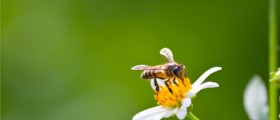
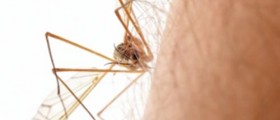
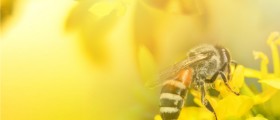
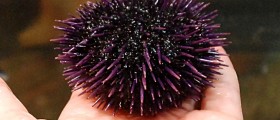

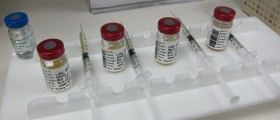
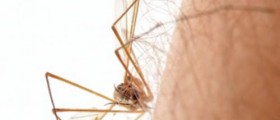

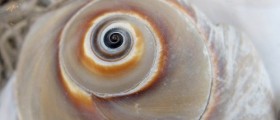
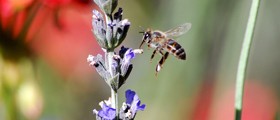
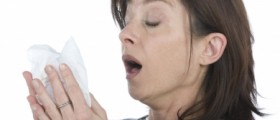
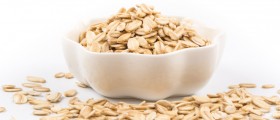


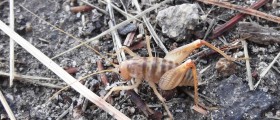
Your thoughts on this
Loading...